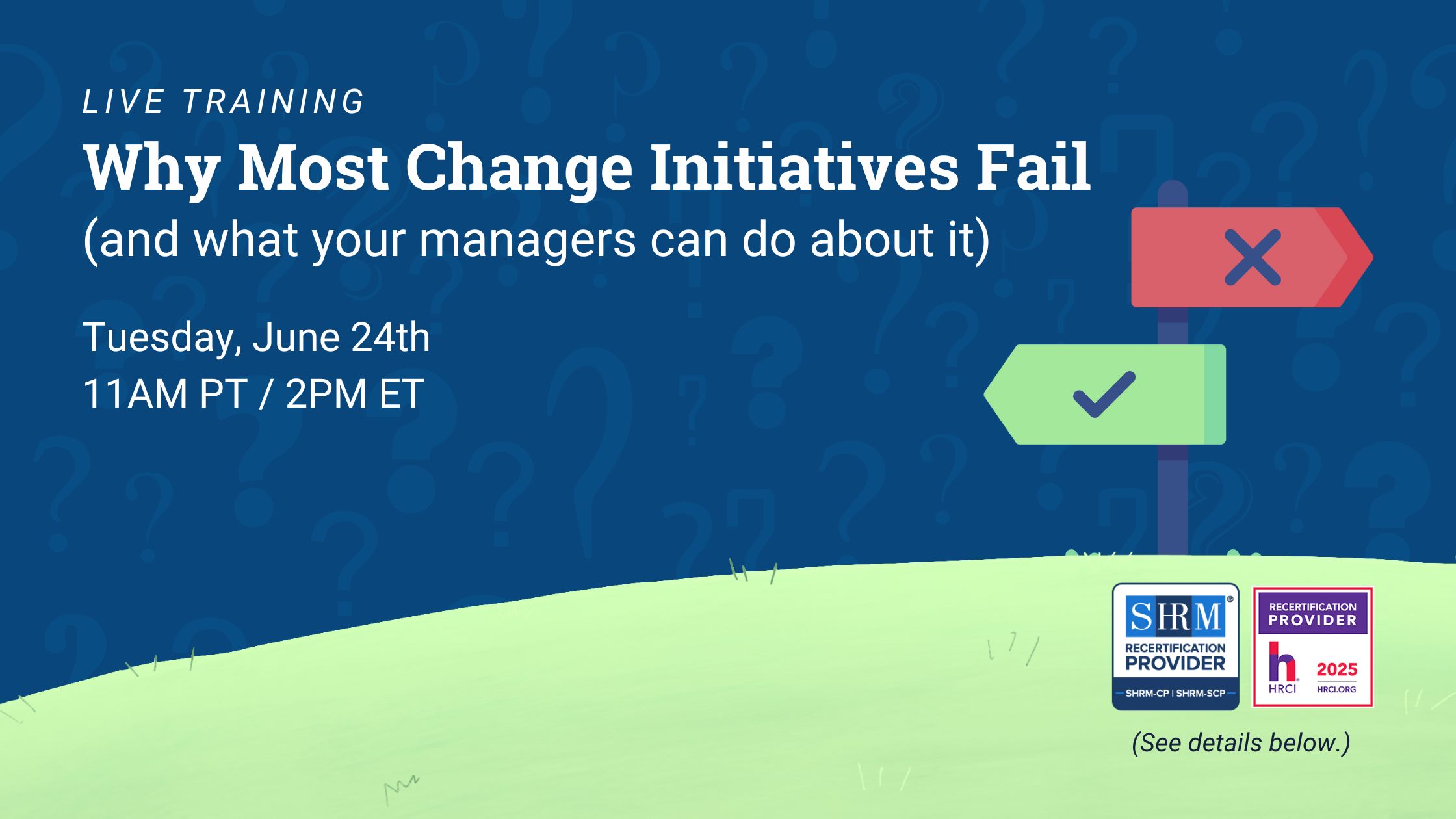Communicating a layoff is often a complex process. Many questions have to be answered before the news even goes out: Should you send out an email notice to all employees, or create personalized notices just for the affected employees? Should you send out the notice well in advance, or break the bad news on the day of the layoff event?
To make things more confusing, different types of layoff-related communications are often referred to by similar or even identical names. For example, the terms layoff notice, layoff memo, and layoff letter are sometimes used interchangeably by HR professionals to mean a number of different communiques: letters that are given to individual employees far in advance of the actual layoff date primarily for legal reasons, general emails that go out to all employees to communicate internal company news, and employee termination letters given to individual employees that outline the terms of the severance package.
Each of these written pieces serve different, important purposes. Since other articles discuss employee termination letters given during a layoff meeting in detail, this article will focus specifically on the layoff notice given in advance of a layoff event to individual employees.
Why should employers give a layoff notice?
Sometimes, employers are required by law to provide a layoff notice to employees. If your organization has 100 or more full-time employees, and are conducting layoffs that affect more than 50 employees, the Worker Adjustment and Retraining Notification (WARN) Act stipulates you provide written notice 60 days in advance of layoffs. Fail to provide notice in due time, and you may have to compensate affected workers for lost wages. Some states also have their own laws with stricter notification requirements. In addition, if your employees are unionized, you may also need to abide by notification rules as part of your bargaining agreement.
If your company is smaller, or only laying off a few people, your organization isn’t obligated to provide a layoff notice. However, some companies still choose to provide one to the affected workers. By letting employees know a layoff is coming, your organization can forestall rumors, which are often worse than reality. In addition, by giving advance notice of pending layoffs, you allow affected employees more time to prepare for the transition, whether it’s by updating their LinkedIn profile or going to networking events to find a new job. This can help reduce unemployment claims while allowing for better long-term relationships with organization alums.
What should you include in a layoff notice?
If the layoff your organization is conducting is subject to the WARN Act, be sure to include all required information in your layoff notice. According to the U.S. Department of Labor, the WARN notice given to the employee to be laid off must clearly state whether the layoff is expected to be permanent or temporary, or if an entire plant is to be closed. The notice must also give the expected dates of when the layoffs will begin and when the individual employee will be laid off. If bumping rights—which are the rights of a more senior employee to replace a less senior employee in the case of a layoff—exist, mention this in the notice. Lastly, include the name and phone number of a company contact employees can reach with questions or for more information.
Although not required, other items you may want to include in your layoff notice are:
- The main facts about the layoff. Many layoff notices inform recipients the number or percentage of the people who are being laid off. This helps maintain transparency of communication within the organization.
- The reason for the layoff. Let employees know why your organization has chosen to conduct layoffs. Whether it’s due to slower-than-expected growth or a shift in business strategy, sharing the reason will help workers understand the decision was carefully considered and deemed necessary. While a detailed breakdown of company financials or step-by-step outline of the decision-making process is unnecessary, a sentence or two that states the reason briefly and clearly can ease angst and limit rumors.
- Benefits and services provided to affected workers. A layoff notice usually makes the recipient begin worrying about their immediate finances and their future careers. To help ease these worries, you can inform exiting employees they will be supported with severance packages, outplacement services for job-transition assistance, or any other benefits and services your organization chooses to provide. According to the Society for Human Resource Management (SHRM), it’s good practice to “inform employees about available benefits (e.g., COBRA and unemployment benefits), severance pay—if there is any—and job-transition assistance.” This will send the message your company supports its employees, even on their way out.
- Appreciation for affected employees. The end of the layoff notice is a good place to both express regret at having to part with the affected employee and thanks for the employee’s contribution to the company.
What notice should you give retained employees?
While you aren’t required to give written notice about a layoff to employees who will be retained, it’s best practice to communicate layoffs with retained employees. According to SHRM, “The remaining employees should meet in a town hall or be sent an e-mail about the RIF after the process has concluded.”
Whether you send an email notice or hold a meeting, make sure to give retained employees all the facts about the layoff, so they feel informed about and engaged with the changes happening at your organization. Lack of information can make employees afraid they’ll be the next to be laid off. In fact, 48% of American workers experience layoff anxiety, according to Intoo’s 2019 Layoff Anxiety Study. Since employees who are fearful about losing their jobs are unlikely to be as productive at work, communicating clearly about layoffs can benefit your organization’s bottom line.
Share with the remaining employees the scope of the layoff, including the number of people affected, and the reason for the layoff. For the sake of transparency, you may also consider detailing how the layoff selection was made, so employees feel the people who were laid off were chosen in a fair and unbiased manner.
A layoff notice is also an opportunity for you to help motivate your retained workforce. Share with your employees the new goals for the company and the positive business changes you anticipate as a result of the layoff. This will show you value employees for the critical role they play in the larger plans for the company’s future
In addition, let your retained employees know about the benefits that were provided to affected employees. If your company provided severance packages for affected employees, share that information with your retained workforce, who will likely be relieved to find out their former colleagues were given support such as severance pay, continued health coverage, and outplacement services to help them find a new job quickly and easily.
Intoo’s outplacement program helps employees affected by a layoff transition to new jobs 2.5x faster than the national average. We offer one-on-one, on-demand coaching from premier career counselors, hands-on resume reviews, and a suite of career services, all on a convenient online platform. Learn more about how our outplacement program can benefit your company during a layoff.











